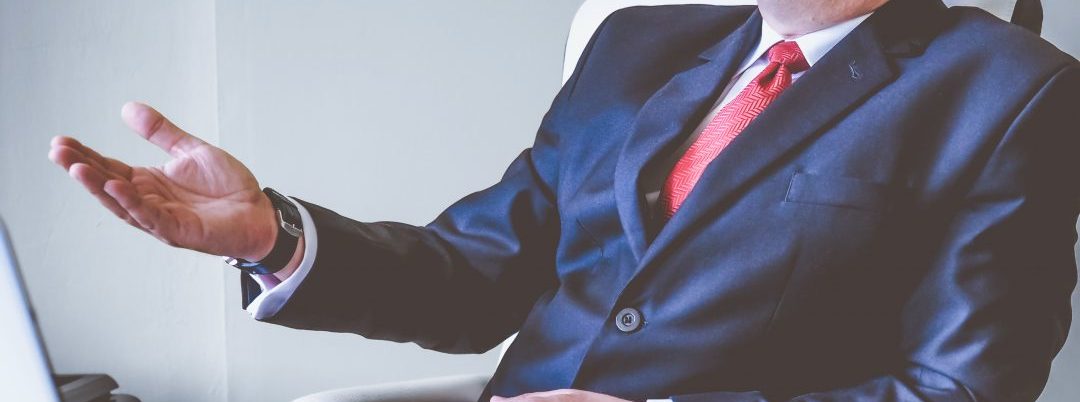
I was taught in college that crossing my legs and slouching in my seat before a job interview would guarantee failure. I wouldn’t be relaxed enough, nor would I demonstrate professionalism or any other qualities that lock in a job. So, I practiced my power poses in the car on the way to my first after-college interview and continued to do so in the waiting room (careful not to bump my knee or my elbow into the candidate awaiting her interview next to me). And when I was finally called back, I focused on keeping my arms and hands open—hoping to communicate confidence and in turn snag the job. I did not get the job.
I bought into the power posing craze, initiated by Dana Carney, professor at University of California, Berkeley and coauthor of the power pose research that gained so much traction—as did so many others, I mean I was taught about it relentlessly in my classes. But now, at least eleven new studies show that these power poses don’t actually work, according to researchers at Michigan State University.
Joseph Cesario, an associate professor of psychology at Michigan State University and editor of scientific journal Comprehensive Results in Social Psychology, recently published seven studies conducted to further power pose research. However, despite the researcher’s expectations, none of the studies supported positive effects of practicing these poses—such as performing better in a job interview. “This new evidence joins an existing body of research questioning the claim by power pose advocates that making your body more physically expansive—such as standing with your legs spread and your hands on your hips—can actually make you more likely to succeed in life,” said Cesario.
Additionally, Cesario was joined by an MSU graduate student David Johnson to conduct and publish four more studies that tested the power behind power poses. Their research—which is published in Social Psychological and Personality Science—also found that these poses don’t impact important behaviors nor lead to greater success, as claimed by Carney and her partner Amy Cuddy.
Carney and Cuddy’s power pose study proposed that expanding your body through power poses can make you more successful in life. They even gave a TED talk on it, which gained more than 42 million views since its release in 2012. In this video, Cuddy tells the audience that if they learn to tweak their posture, even just a little, it could “significantly change the way [their] life unfolds.” She concludes the talk by pushing the audience to share the so-called lifehack with others, “because the people who can use it the most are the ones with no resources and no technology and no status and no power.”
While Carney and Cuddy’s claims were convincing at the time, the research today suggests quite the opposite: these power stances may make one feel powerful, but that’s the extent of it. “Feeling powerful may feel good, but on its own does not translate into powerful or effective behaviors,” said Cesario. So, an individual who practices power poses will not in turn have greater successes than the person next to them who’s (on the contrary) crossing his legs or his arms.
Today, Carney’s views reflect the findings in these newer studies, as she released a statement claiming she no longer “believes that power pose effects are real.” Going forward, it’s safe to say that putting your feet up on the desk whilst resting your hands behind your head may make you feel like a powerful, important person, but it will not guarantee you that job, that promotion, or that business deal—sorry!
Let’s keep in touch! Sign up to receive our newsletter:
Start a Relationship with An Exceptional Counselor
- Skilled and caring professional counselors
- Accepting all major and most insurances
- High-touch customer service & premium benefits
- Same- or next-day appointments
- Ultra-flexible 23.5hr cancellations













